You may have seen on Instagram, where people’s TV setup has beautiful backlighting surrounding the TV. If that is something you wanted to achieve at home too, you can recreate that with the Govee DreamView T1 which retails for S$199, but is now available at a discounted price of S$149!
Unboxing
Unboxing the Govee DreamView T1 TV Backlight, you will find the following:
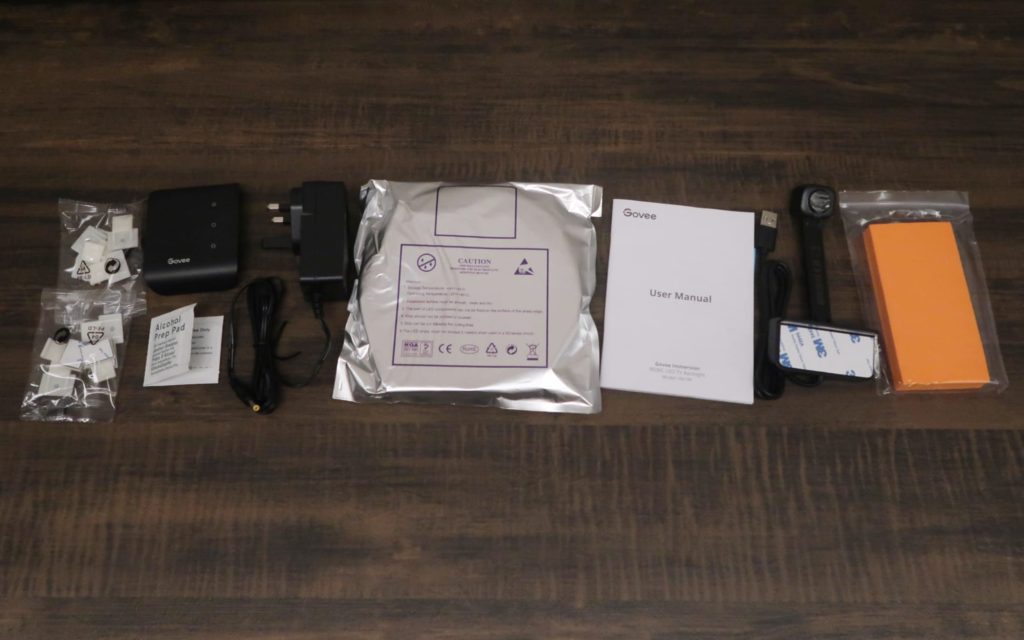
- Govee DreamView T1 TV Backlight
- Power adapter
- Control box
- Camera
- Cable clips
- Foam stickers
- User manual
Setup & installation
It is best if you can have free access to the back of the TV in order to install the Govee DreamView T1 lightstrip. The Govee DreamView T1 is suitable for TV sizes between 55 to 65 inches. You can refer to Govee’s installation guide below.
I like how the Govee DreamView T1 is not an entire long chain of lightstrip. The lightstrip is segmented into 4 parts based on the horizontal and verticals of the TV, so it is easier to install at the bends of the TV. Govee provided cable clips to reinforce the points where it starts to bend.
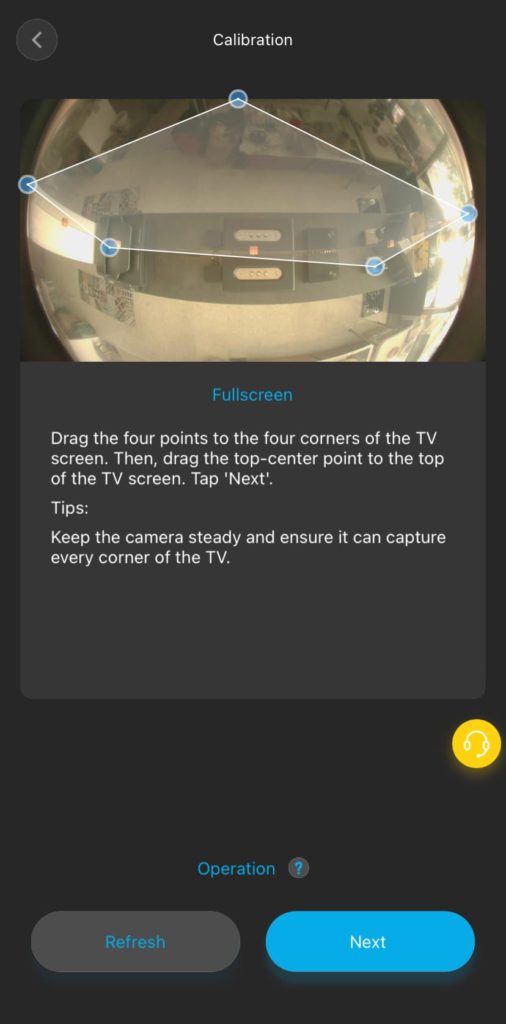
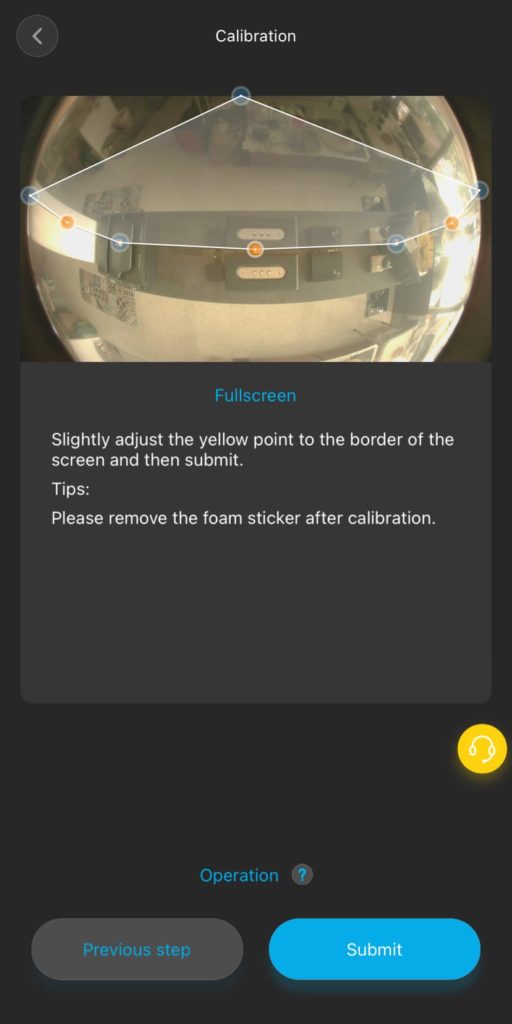
To setup, ensure that your Wi-Fi on your smartphone is connected to 2.4GHz network. Once the Govee DreamView T1 is connected, the next important thing to do is to calibrate the it. Ensure the camera is in the center of the TV, and paste the orange foam at the corners and sides, and arrange the points accordingly:
Light customisation
On the Govee Home app, there are a bunch of light customisation theme which you can choose from. Some of which are familiar as we have seen it on the review of Govee Smart LED Bulb – such as ‘Color’, ‘Scene’ and ‘DIY’, with a slight differences that is geared for the DreamView T1.
‘Scene’ & ‘DIY’ tab
The scenes that you can choose to create in the DreamView T1 is different from that of the Govee Smart LED Bulb. There are way more options and are categorised neatly. There is bound to be one is able to set the mood that you’re looking to convey. You can check out a brief demo of some of the scenes below:
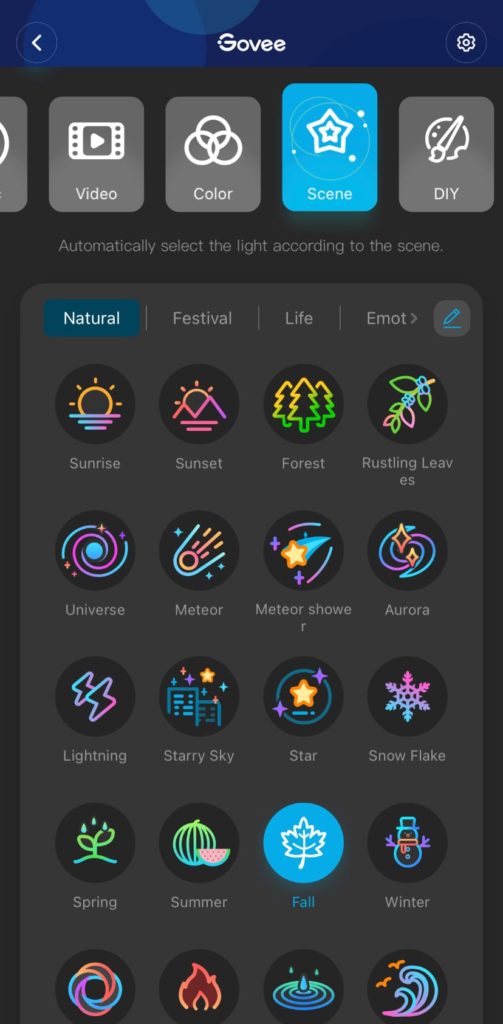
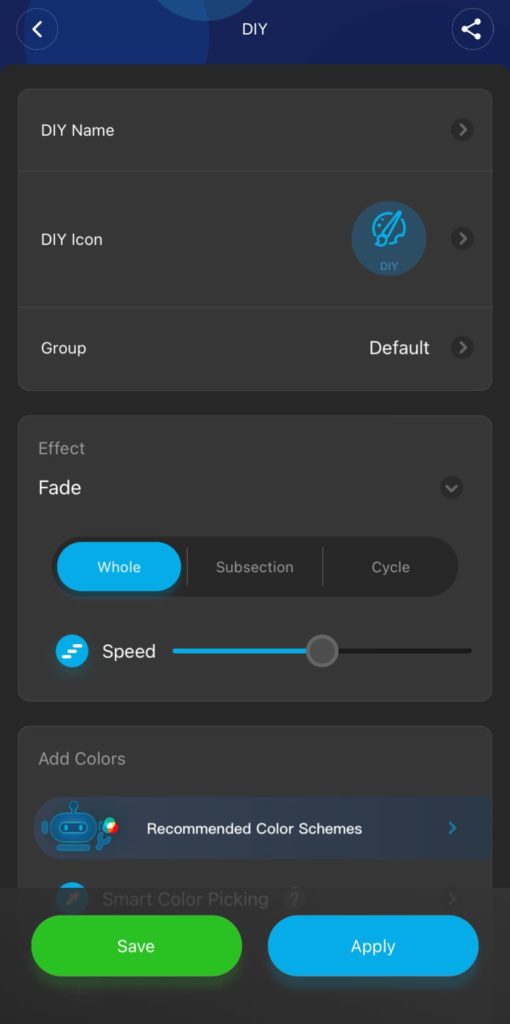
‘DIY’ continues to allow you to create your own scenes. You can choose the lighting effect and the set of colours for it cycle through.
‘Video tab’
Now let’s move on to the most attractive part of the Govee DreamView T1, which is the ability of the lightstrip to sync and change colours automatically based on the content that the TV is playing through Govee’s ColourSense technology.
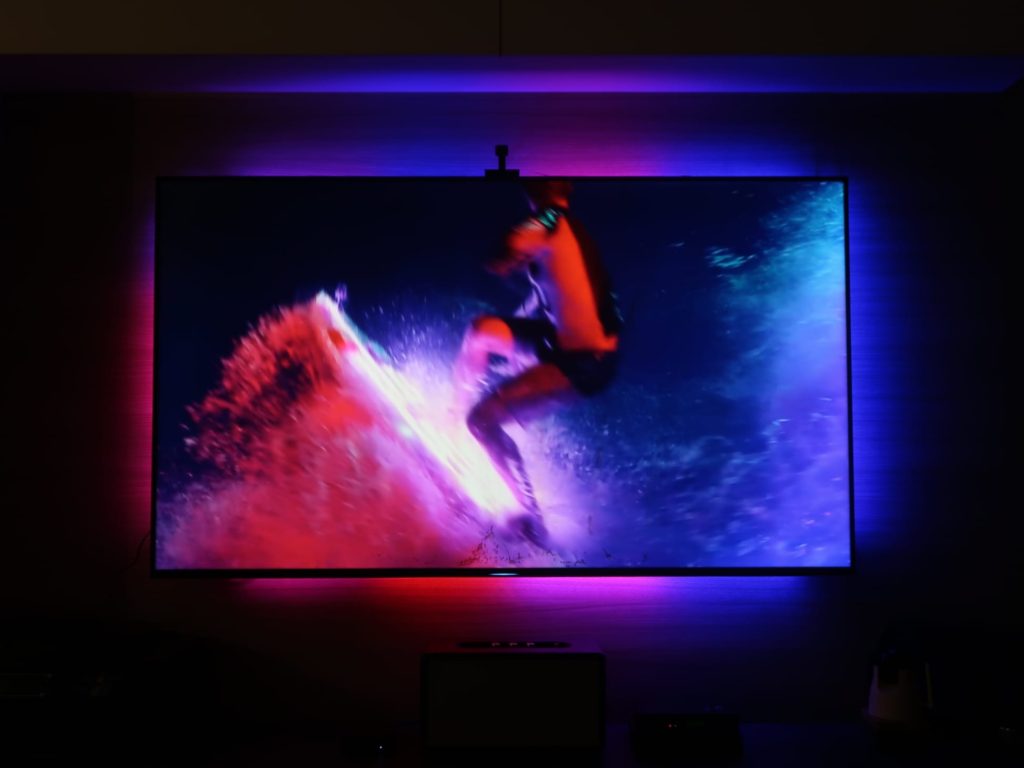

Right on the ‘Video’ tab, you’ll see that there are options to adjust the saturation and white balance. If the wall which your TV is mounted on is not white, then I would highly recommend that you adjust it for an accurate colour output.
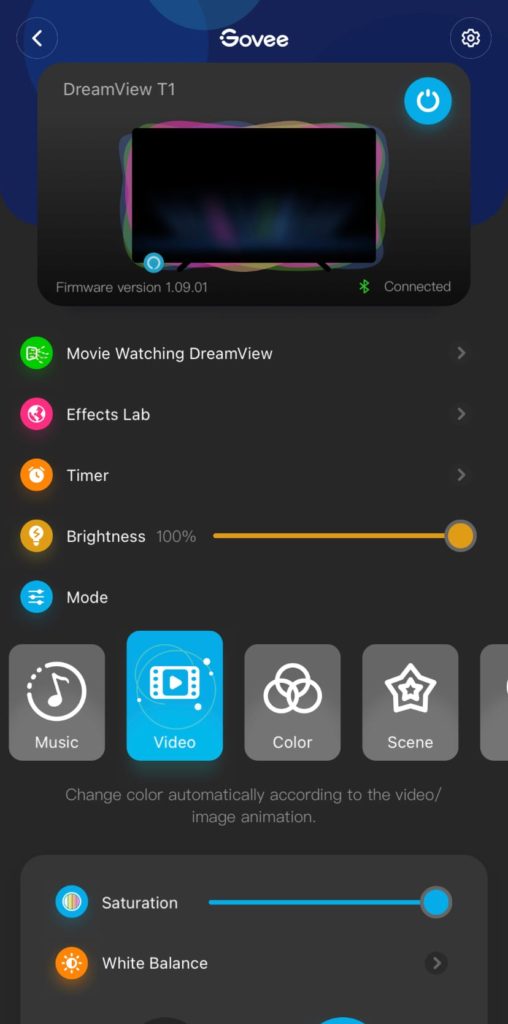
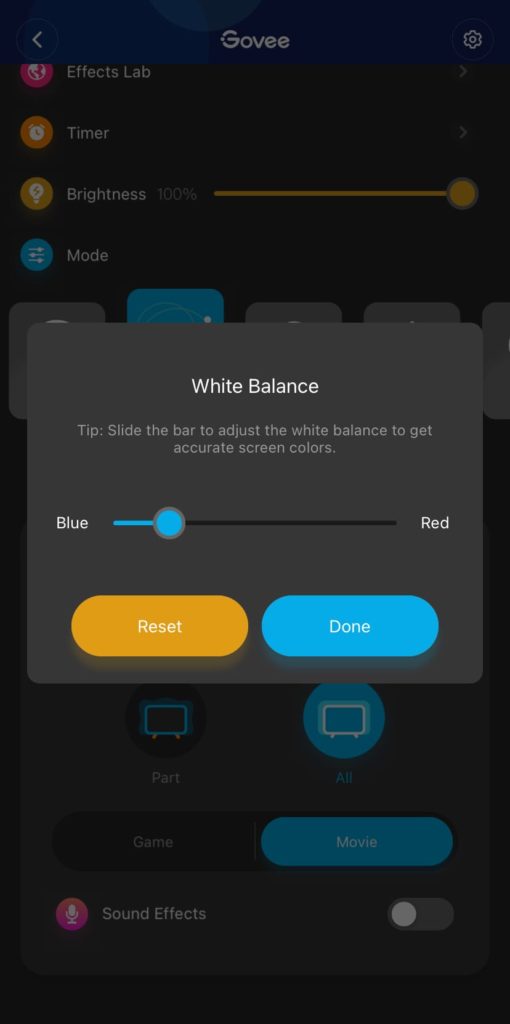
Once you have calibrated the colour, you can choose between the light output to be by “Parts” or “All”.
- “Parts”: There will be more than our colour being shown, for example – red on the left, and blue on the right
- “All”: The camera chooses one colour, and the lightstrip outputs that color
You can also choose between “Movie” and “Game” mode, which I found that “Game” seems to transition from one colour to another a smidge faster.
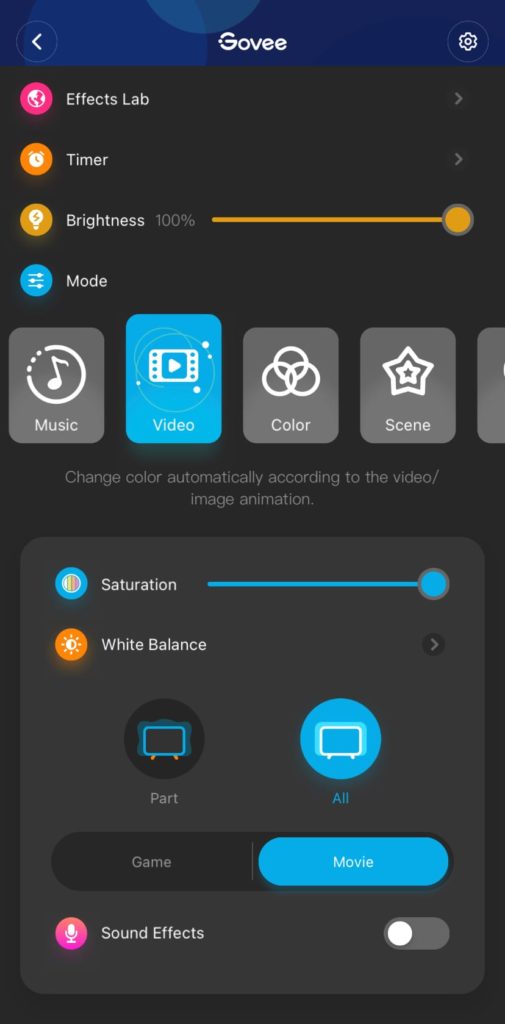
For a better understanding of how the ‘Video’ feature of the Govee DreamView T1 works, please watch the below two videos:
The auto synchronisation of lights is quite spot on and timely, which does help make the movie watching experience more immersive. Whether or not you will enjoy this added depth of surrounding colours in your movies, you’d have to experience it yourself.
‘Color’ tab
In the ‘Color’ tab, the Govee DreamView T1 is broken down into 15 colour zones which you can customise zone to output something like I have done below. Turning on the “Gradient” feature does smoothen the transition from one colour to the other.
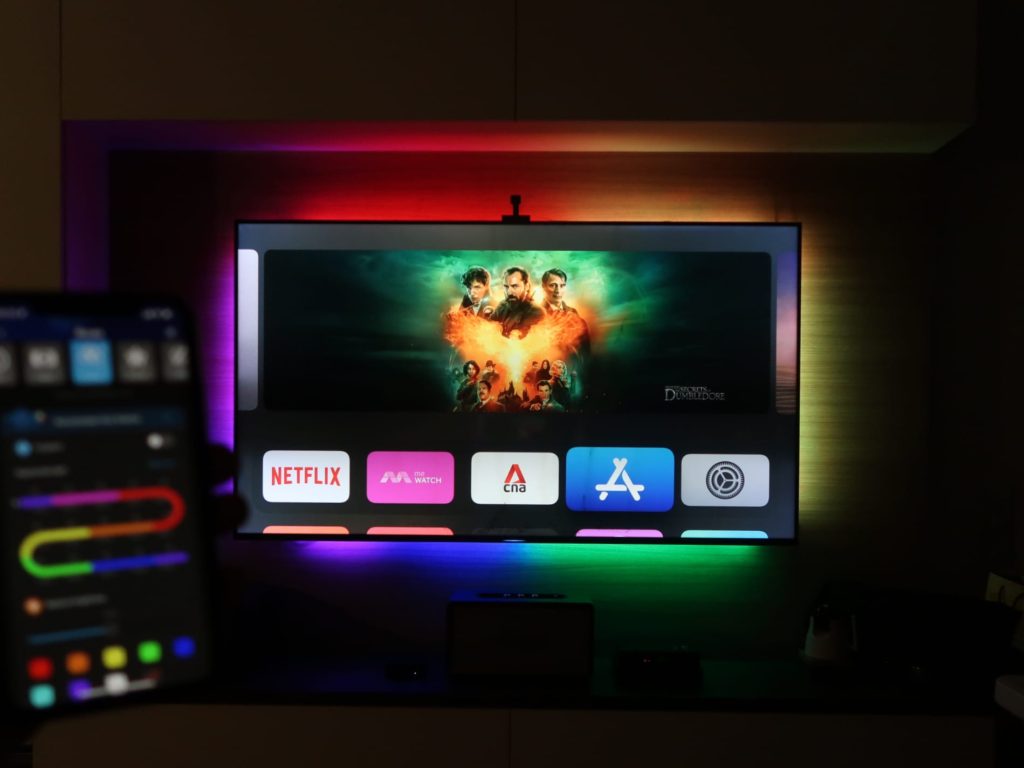
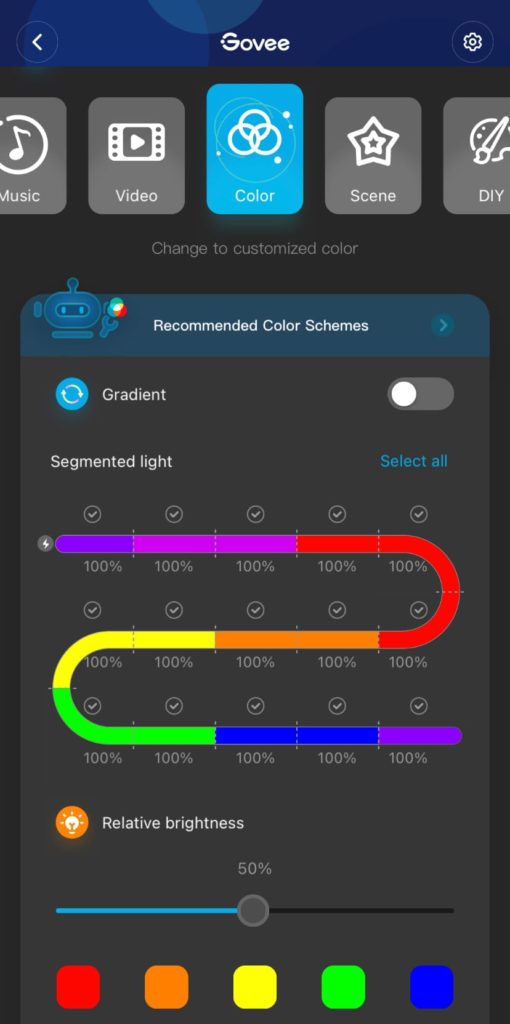
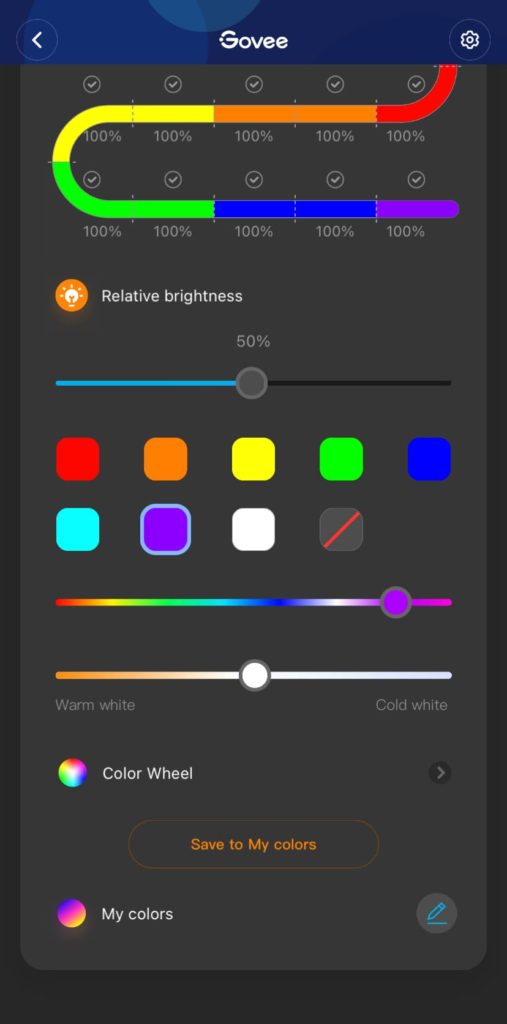
However, there doesn’t seem to be a way to save the customised colour chain. The “My colours” portion only saves colours which you can quickly access. If you prefer a soft warm around your TV, then the Warm White colour options here will do just that.
‘Music’ tab
Lastly, let’s talk about the ‘Music’ feature, which I wasn’t too impressed by it. You can choose from four types of ‘Music’ modes for the Govee DreamView T1 to react to. Also, you can select which microphone you’d want to use – phone or from the control.
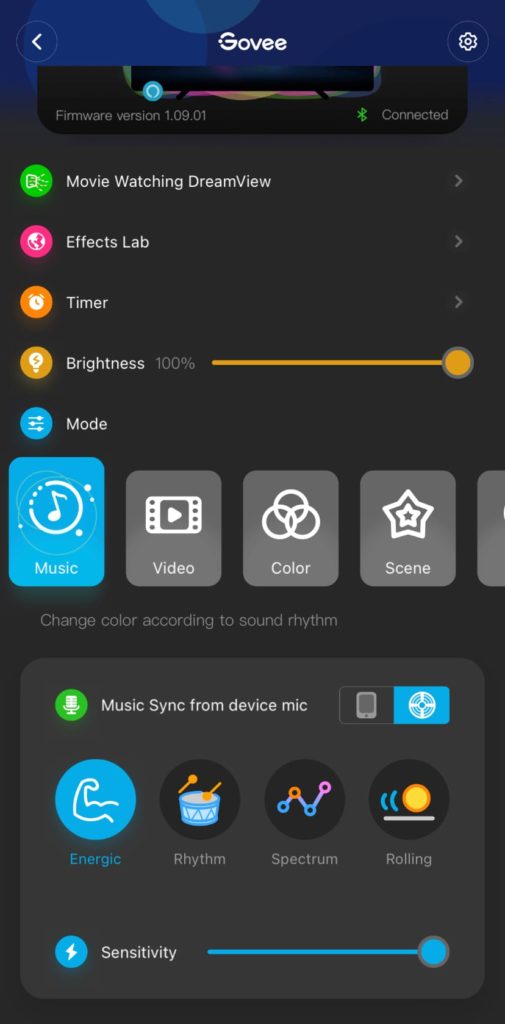
I would think the ‘Music’ mode may come in useful if you’re hosting a party, and want the lights to react to the beat of the music. But I personally found it a little distracting.
Smart features
The smart features that the Govee DreamView T1 has will be the same as the Govee Smart LED Bulb. Hence, the below will mostly be a rehash what was written in the Govee Smart LED Bulb review. Again, as with smart lights, you will really only start to see the utility once you have enough products to build an ‘ecosystem’.
Groups
Let’s start with the ‘Group’ tab, which allows you to group different lighting products in one unit such that you can control all of them as though they are a single lighting product. There are different ways to group a set of products. Schemes will be useful if you’d like all the follow the same lighting settings.
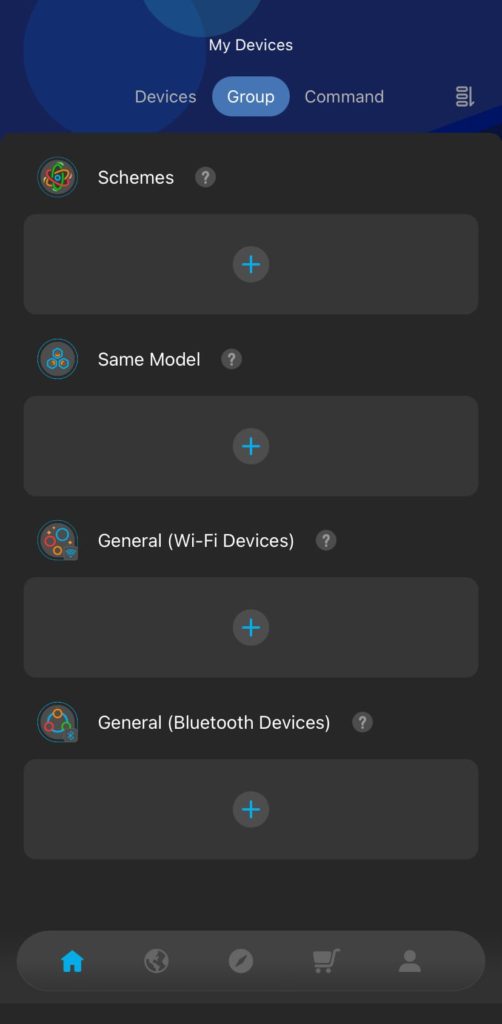
Command
The ‘Command’ tab is essentially where you can personalise and create custom workflows for your lights. There are 3 main commands that you can create – (1) Schedule, (2) Tap-to-Run, and (3) Auto Run. In the case of the Govee DreamView T1, the commands are limited to its lighting functions, as seen below:
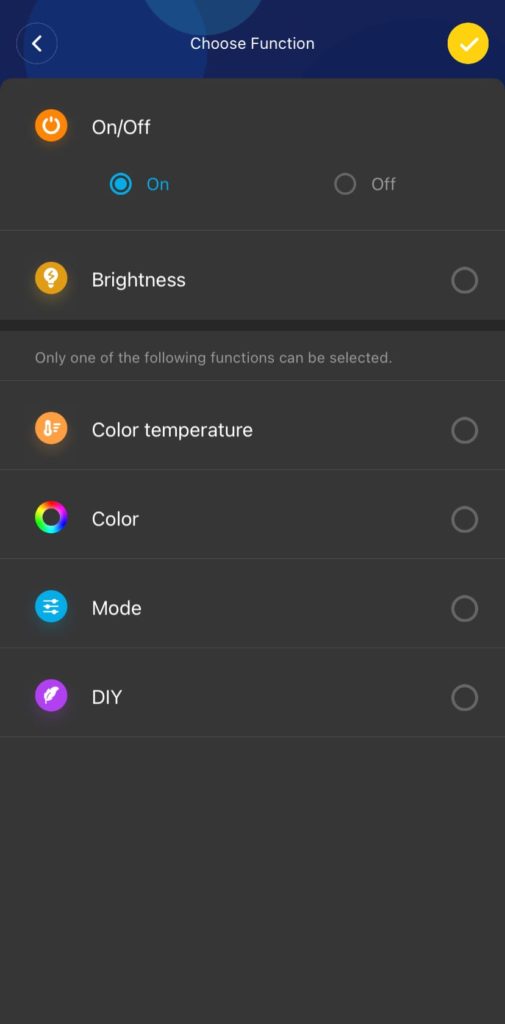
“Schedule” commands are time based and works best if you’d like the light to follow a certain routine. Say you always leave home at 8am for work, then you can set a scheduled command to ensure all lights in the house turn off by 8.10am.
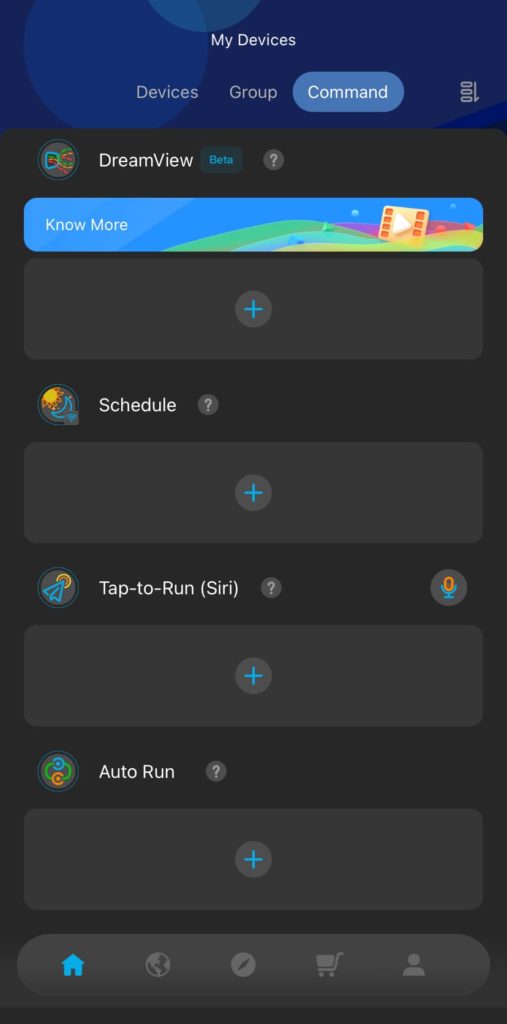
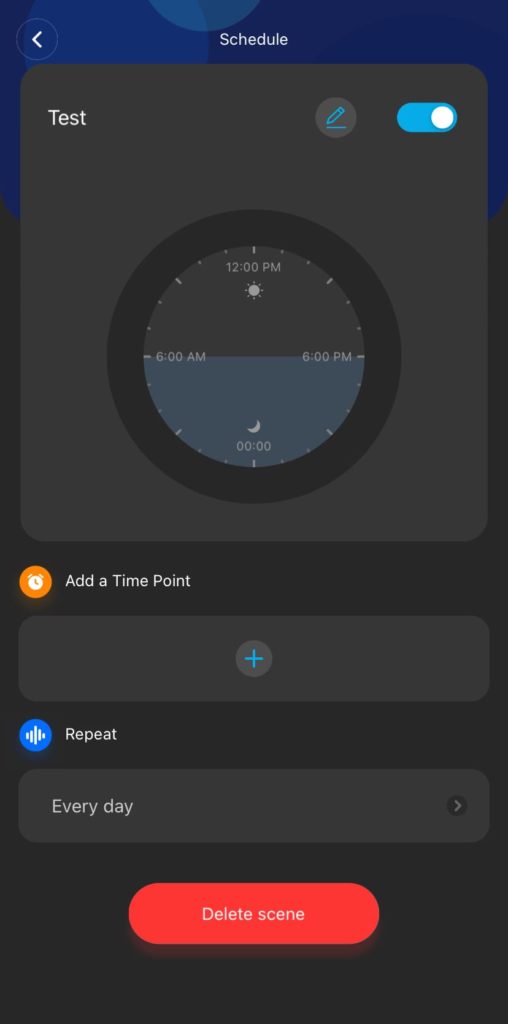
“Tap-to-Run” commands allows you to create a shortcut of a pre-defined action. If you’re using an iPhone, you can add your created “Tap-to-Run” command to Siri Shortcuts, so you can simply do a Hey Siri with a customised phrase to trigger the shortcut.
For example below, if I say “Hey Siri, party mode”, then the lightbulb will start to change into the Disco scene.
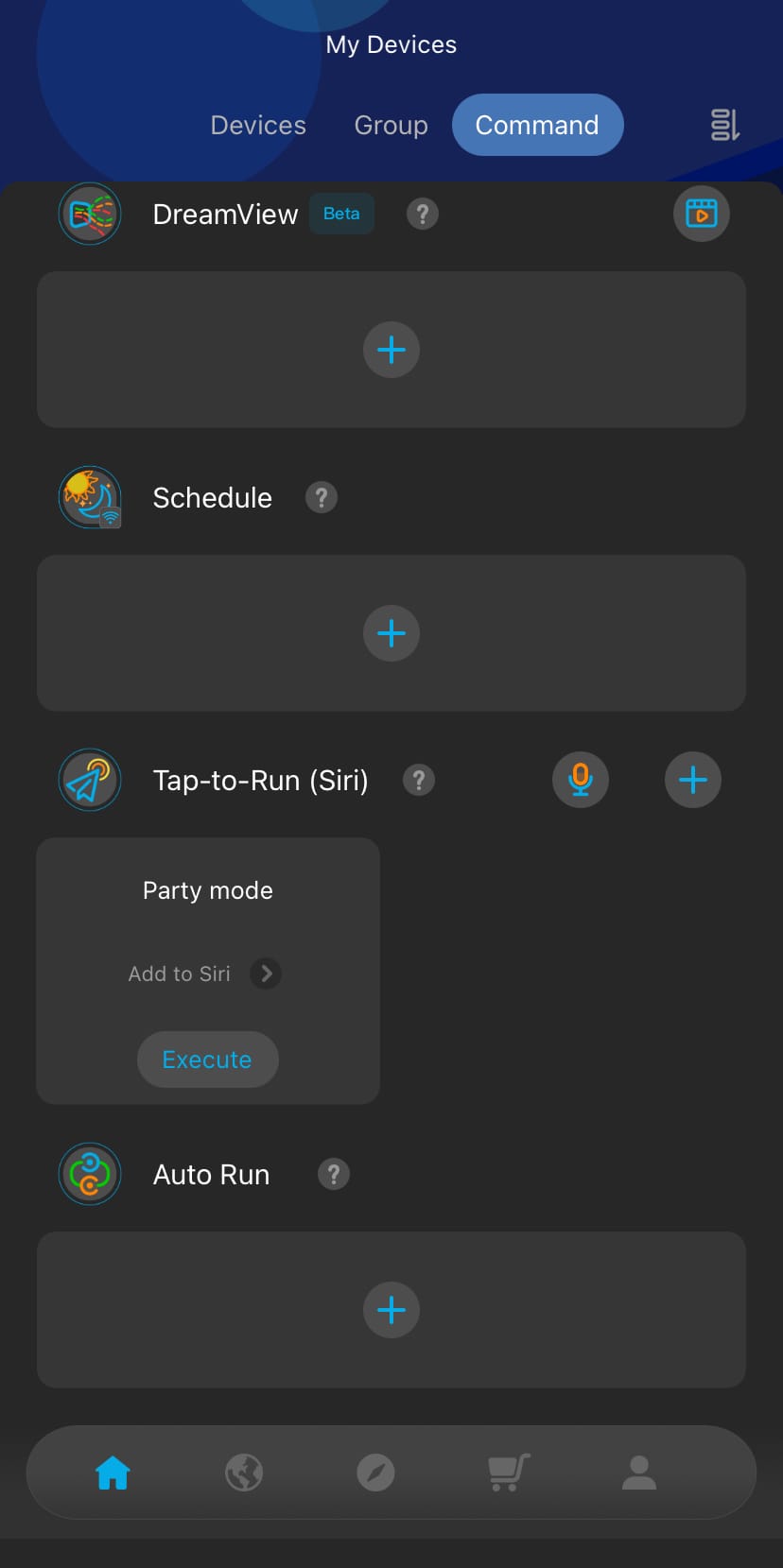
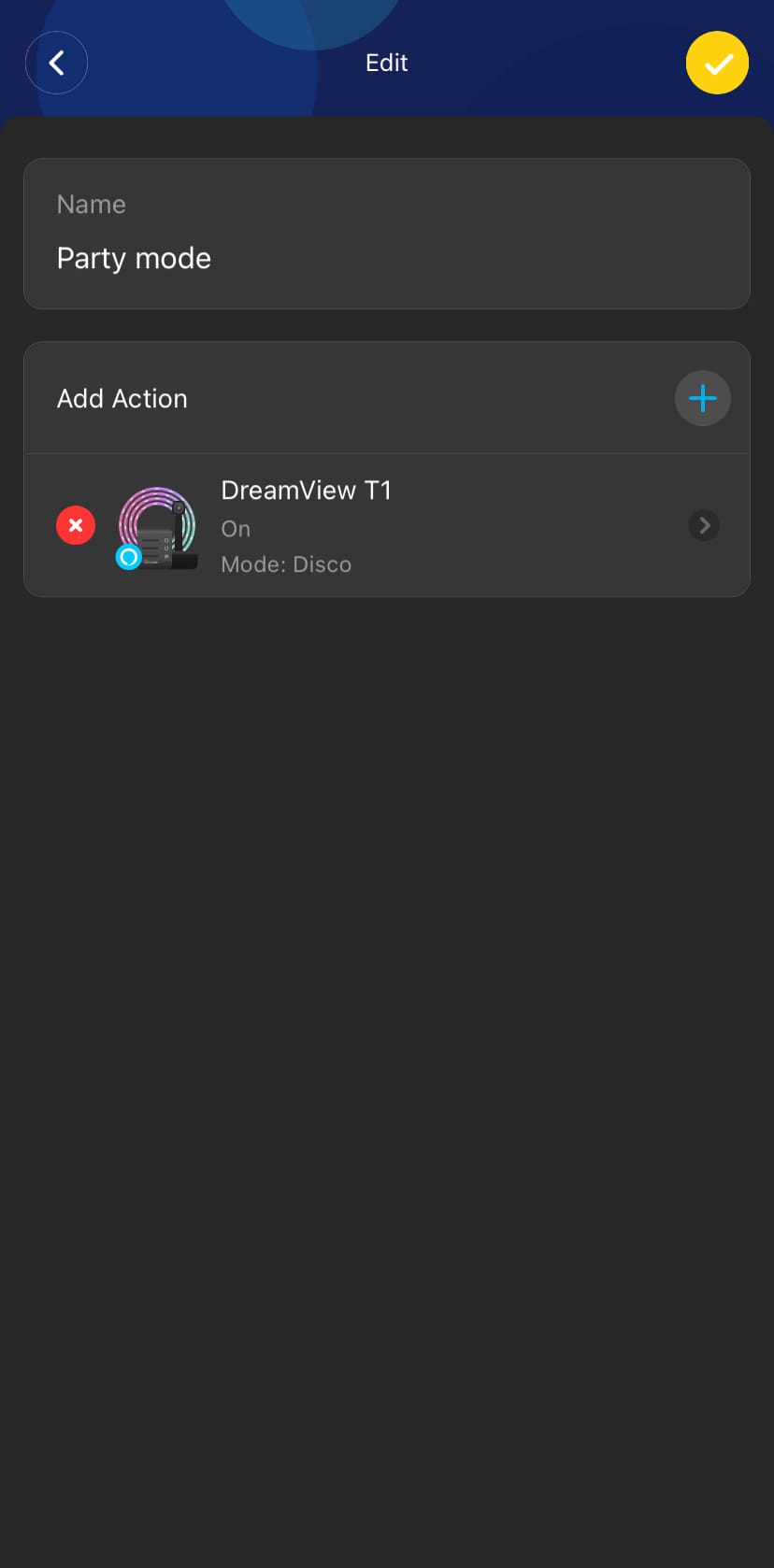
“Auto Run” commands, as the name suggests, are runs automatically without any user input as long the the trigger is satisfied. However, if your eco-system only consists of Govee lights, then the “Auto Run” commands may not come in very useful as there isn’t any meaningful triggers with lighting products except on/off.
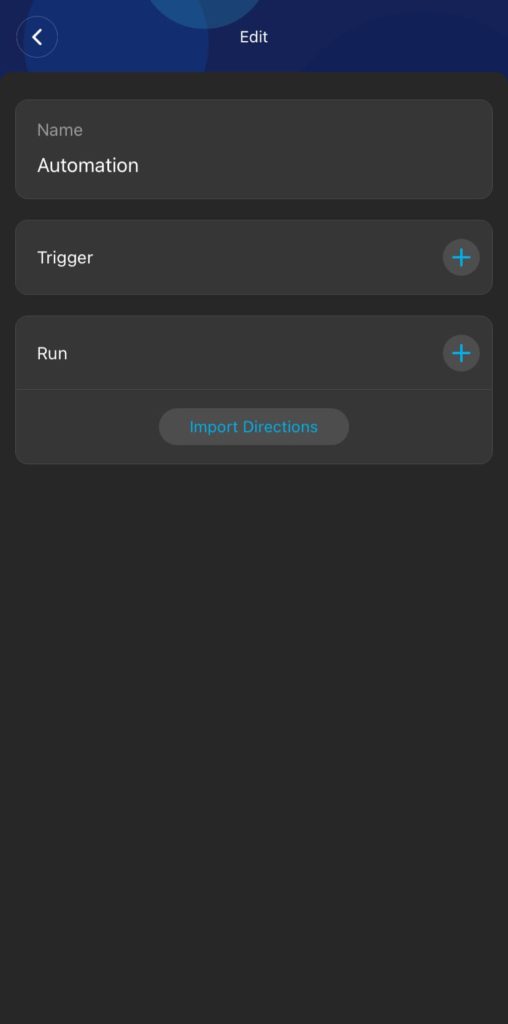
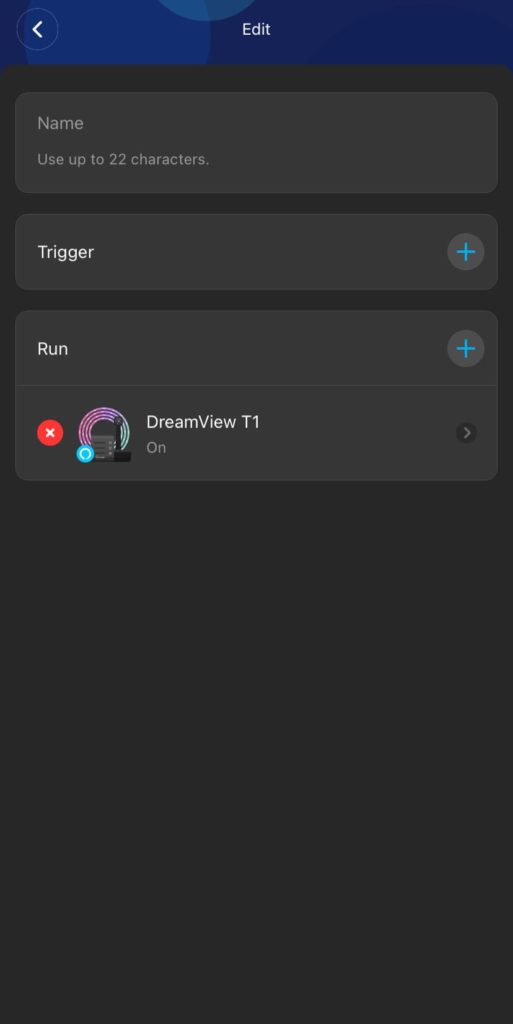
The “Auto Run” commands will be more useful if you have a Govee Thermo-Hygrometer for example, so you can create automations such as if the temperature if above 29ºC then turn the lights to blue or something.
Works with Google Assistant
Once you have linked your Govee lights to your Google Home, you can leverage on Google Assistant to adjust simple light settings such as change of colours and brightness. The colours that you can change are limited to the colour palette within Google. Unfortunately, the “Tap-to-Run” commands does not seem be able to be triggered by Google Assistant.
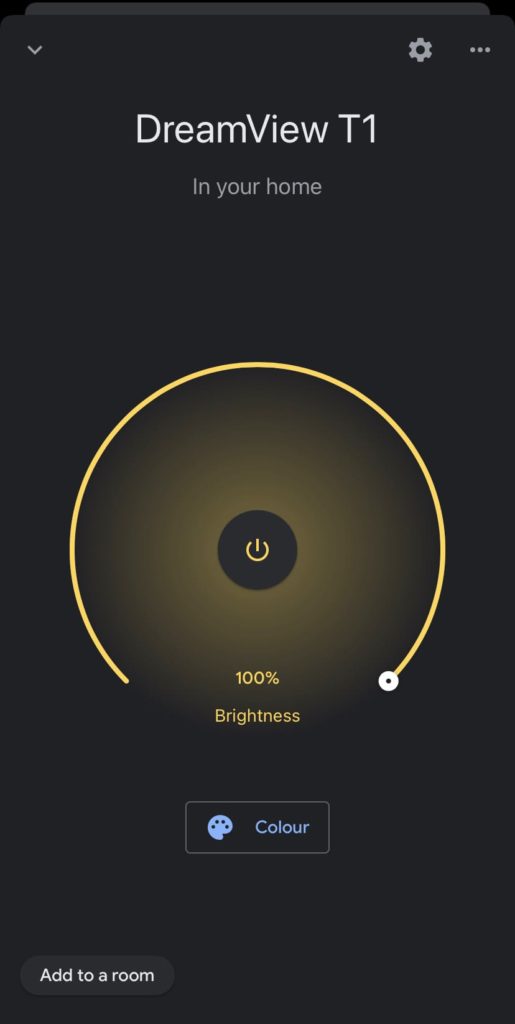
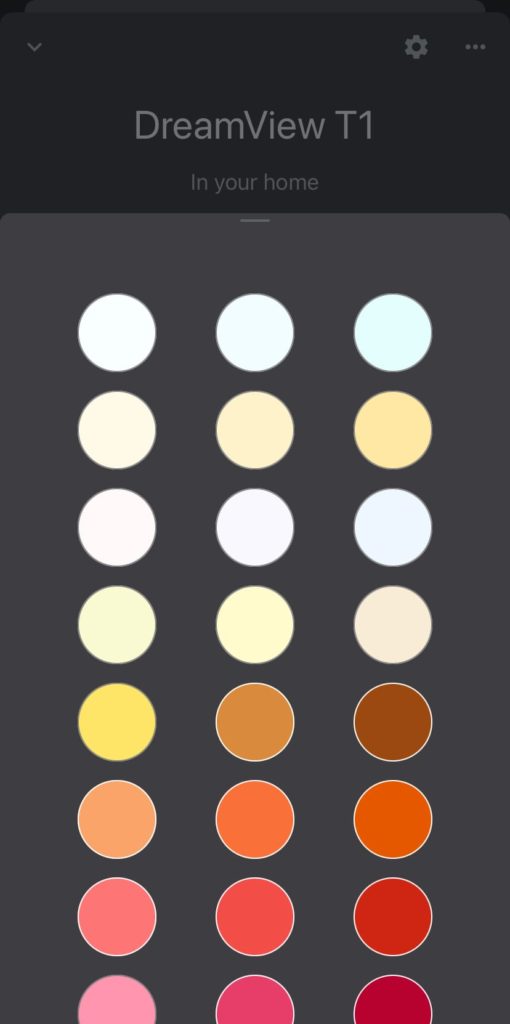
Conclusion
At S$149, the Govee DreamView T1 presents an affordable option for you to zhng (beautify) your TV setup if your TV is between 55 to 65 inches. I found the ‘Video’ feature to be pretty accurate in its performance and really does extend the visual delight out of the TV screen. If you’re simply looking to create a mood, then the ‘Colour’ feature and a whole bunch of curated ‘Scenes’ should be enough.

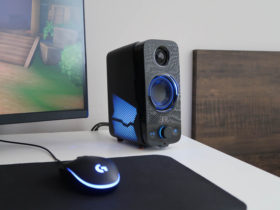
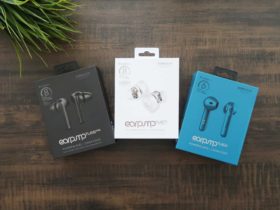
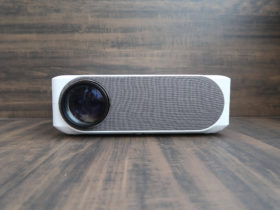
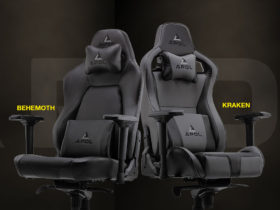
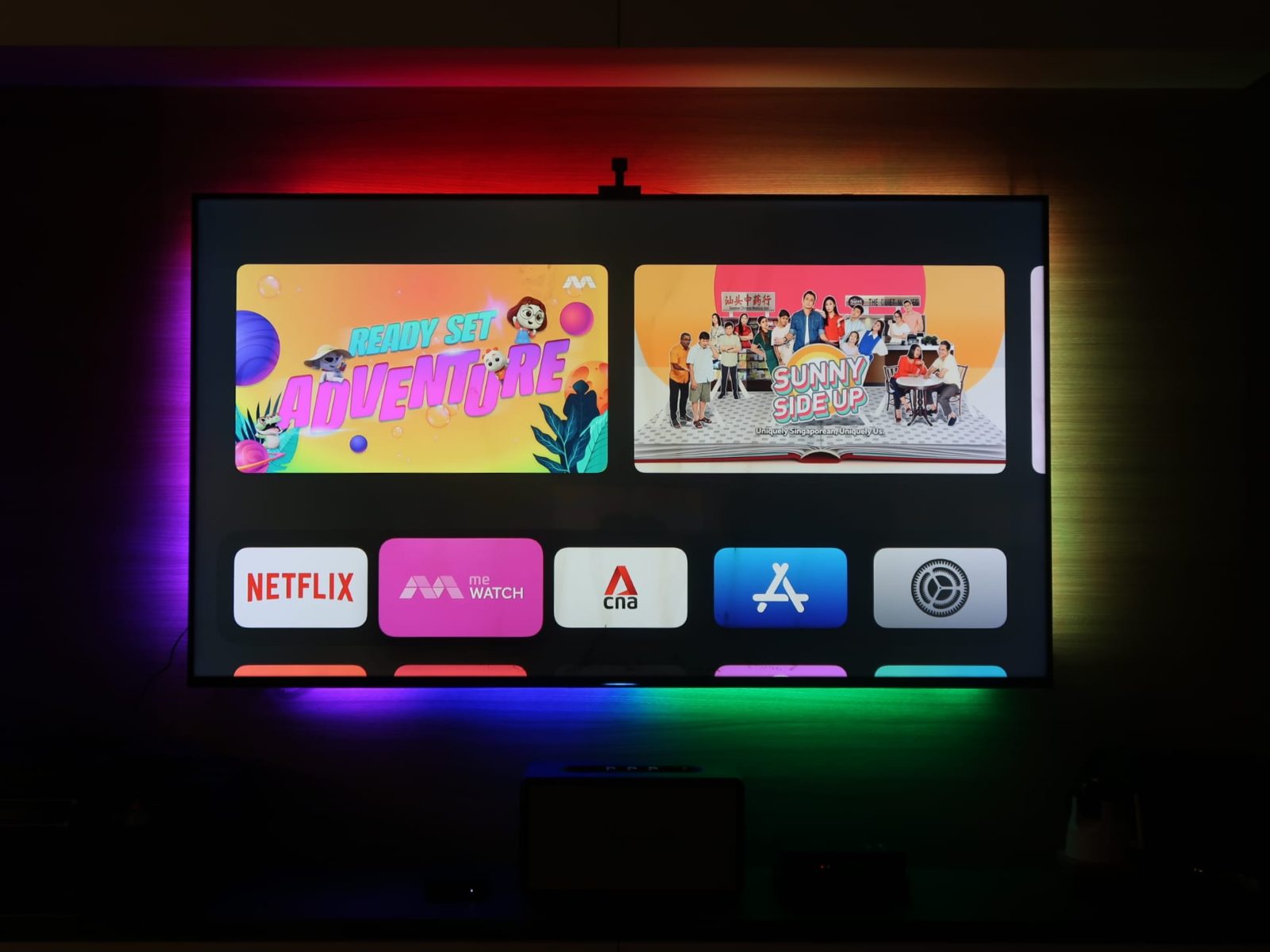








不知道说啥,开心快乐每一天吧!